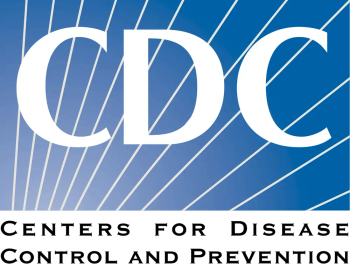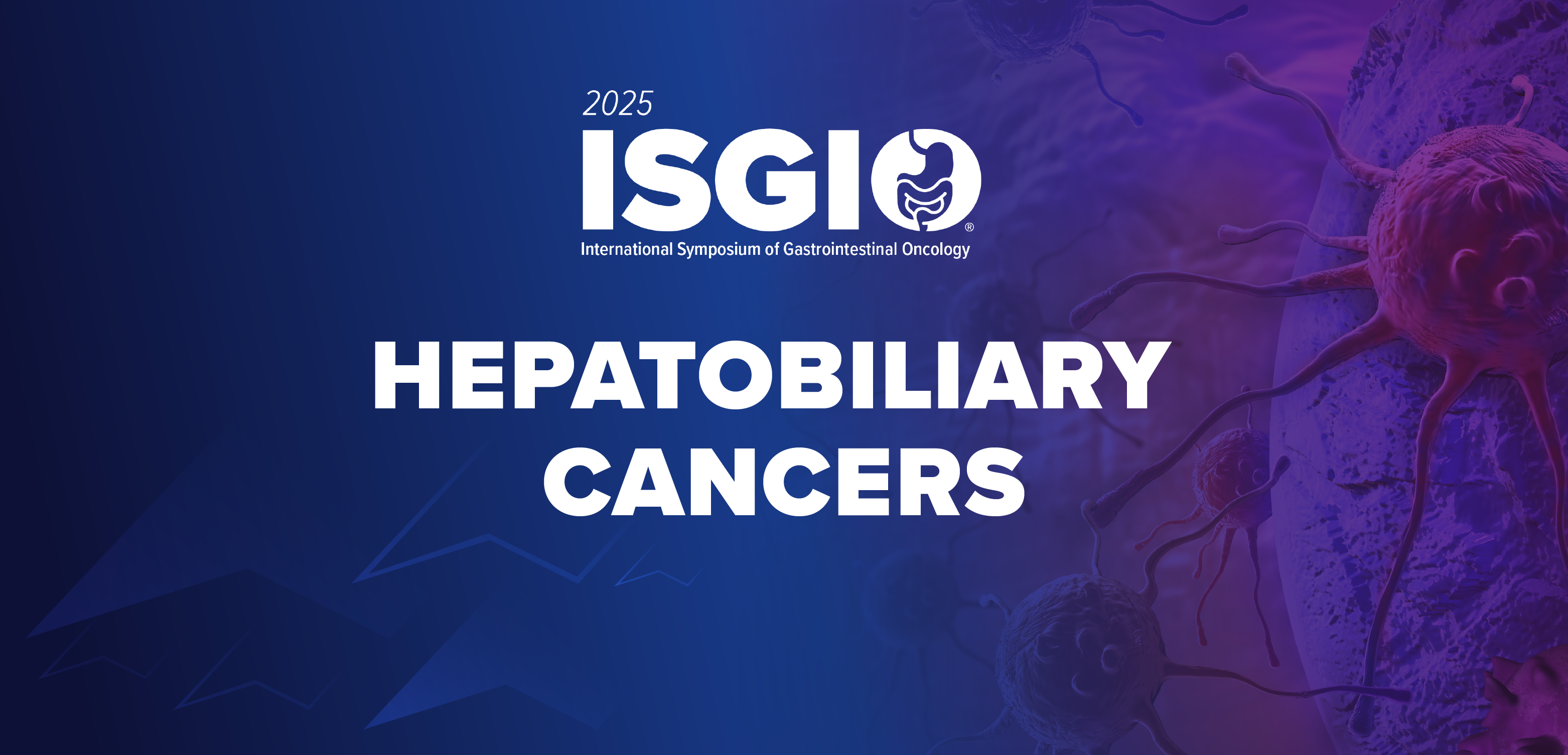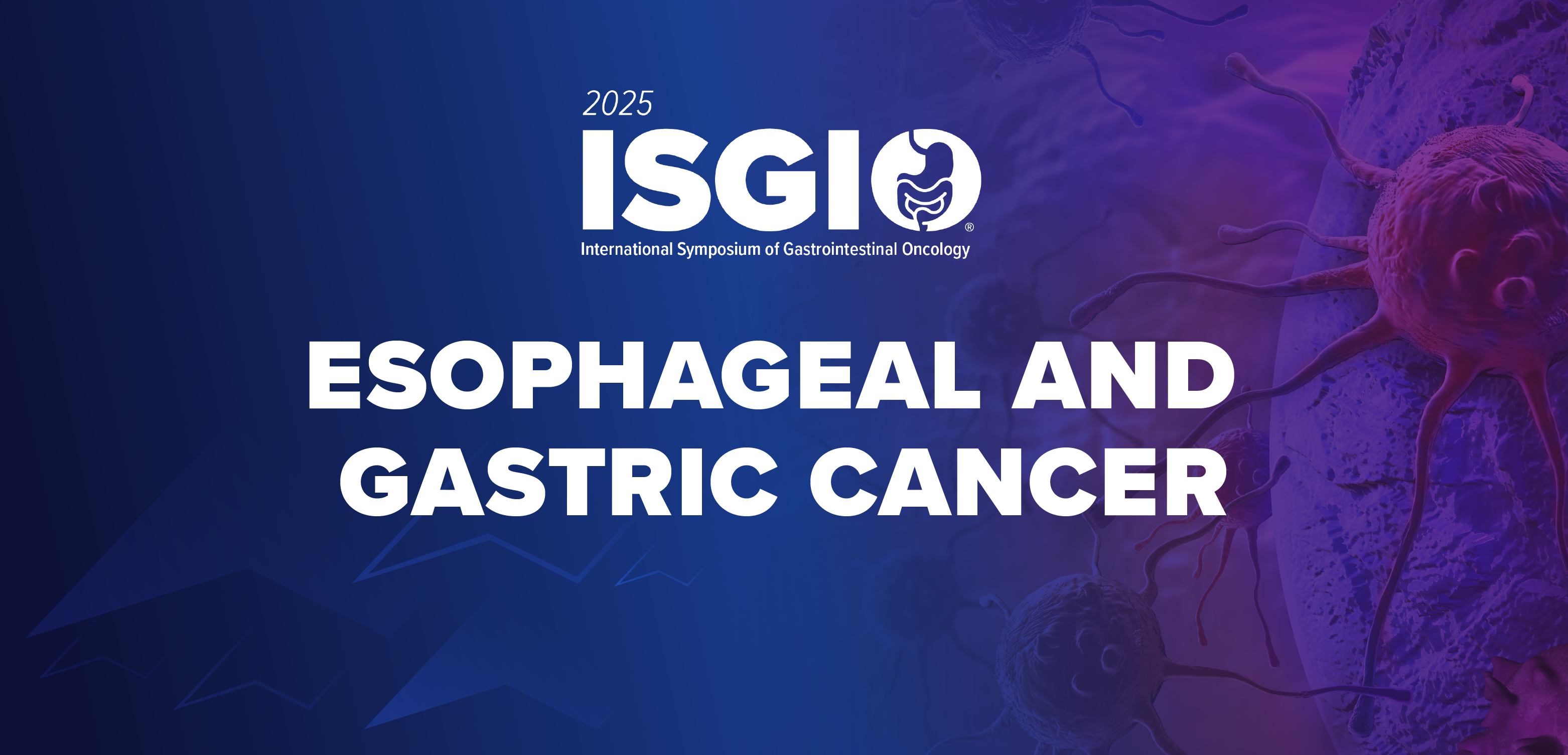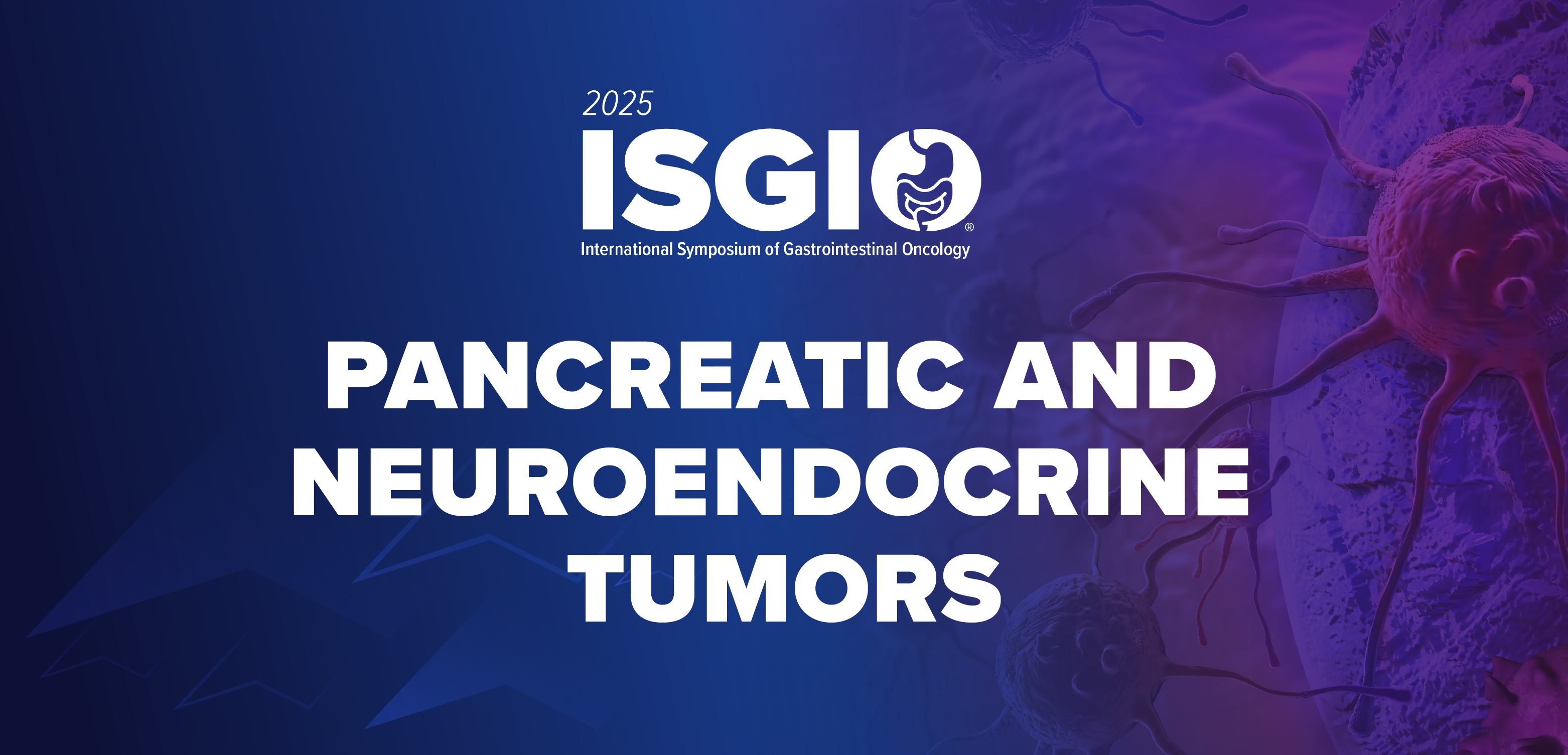
Oritavancin Potent Against Serious, Invasive S aureus Infections in European Hospitals
In a study of hospitalized patients across Europe, oritavancin (MIC50/MIC90, 0.03/0.06 mg/L) inhibited all S aureus isolates at ≤0.12 mg/L (susceptible breakpoint).
Oritavancin, known for its convenient 1-time dosing, is effective against skin and soft tissue infections, particularly involving serious gram-positive bacteria. Investigators at JMI Laboratories sought to determine whether oritavancin was also efficacious against a contemporary collection of Staphylococcus aureus isolates causing serious infections in hospitalized patients in Europe.
In a poster presented at the European Congress of Clinical Microbiology and Infectious Diseases (
Using Clinical and Laboratory Standards Institute and EUCAST breakpoints for susceptibility, investigators demonstrated that oritavancin (MIC50/MIC90, 0.03/0.06 mg/L) inhibited all S aureus isolates at ≤0.12 mg/L (susceptible breakpoint). Against methicillin-resistant S aureus (MRSA) and methicillin-susceptible S aureus (MSSA), oritavancin yielded similar MIC50 (0.03 mg/L) and MIC90 (0.03-0.06 mg/L) results regardless of infection type.
The MIC values remained at 0.03/0.03-0.06 mg/L despite the rates of MRSA varying greatly among European countries (0%-46.6%).
“MSSA isolates showed high overall susceptibility rates (≥98.0%) to oritavancin, vancomycin, teicoplanin, linezolid, and clindamycin,” investigators reported. “These agents, except clindamycin, remained active against MRSA isolates, regardless of infection type; however, oritavancin had MIC50/MIC90 results 16- to 32-fold lower than vancomycin, teicoplanin, and linezolid.”
In all, 3 S aureus isolates displayed teicoplanin resistance (MIC >2 mg/L), 2 showed vancomycin MIC results of 2 mg/L, and all 3 were inhibited by oritavancin MIC values between 0.03 and 0.12 mg/L.
“The lipoglycopeptide oritavancin remained potent against S aureus, including MRSA, causing serious infections in European medical centers and surrounding regions,” investigators concluded. “Its prolonged half-life and high potency may support oritavancin as a good option for treating serious S aureus infections.”
The study, “
Newsletter
Stay ahead of emerging infectious disease threats with expert insights and breaking research. Subscribe now to get updates delivered straight to your inbox.



























































































































































































































































































































